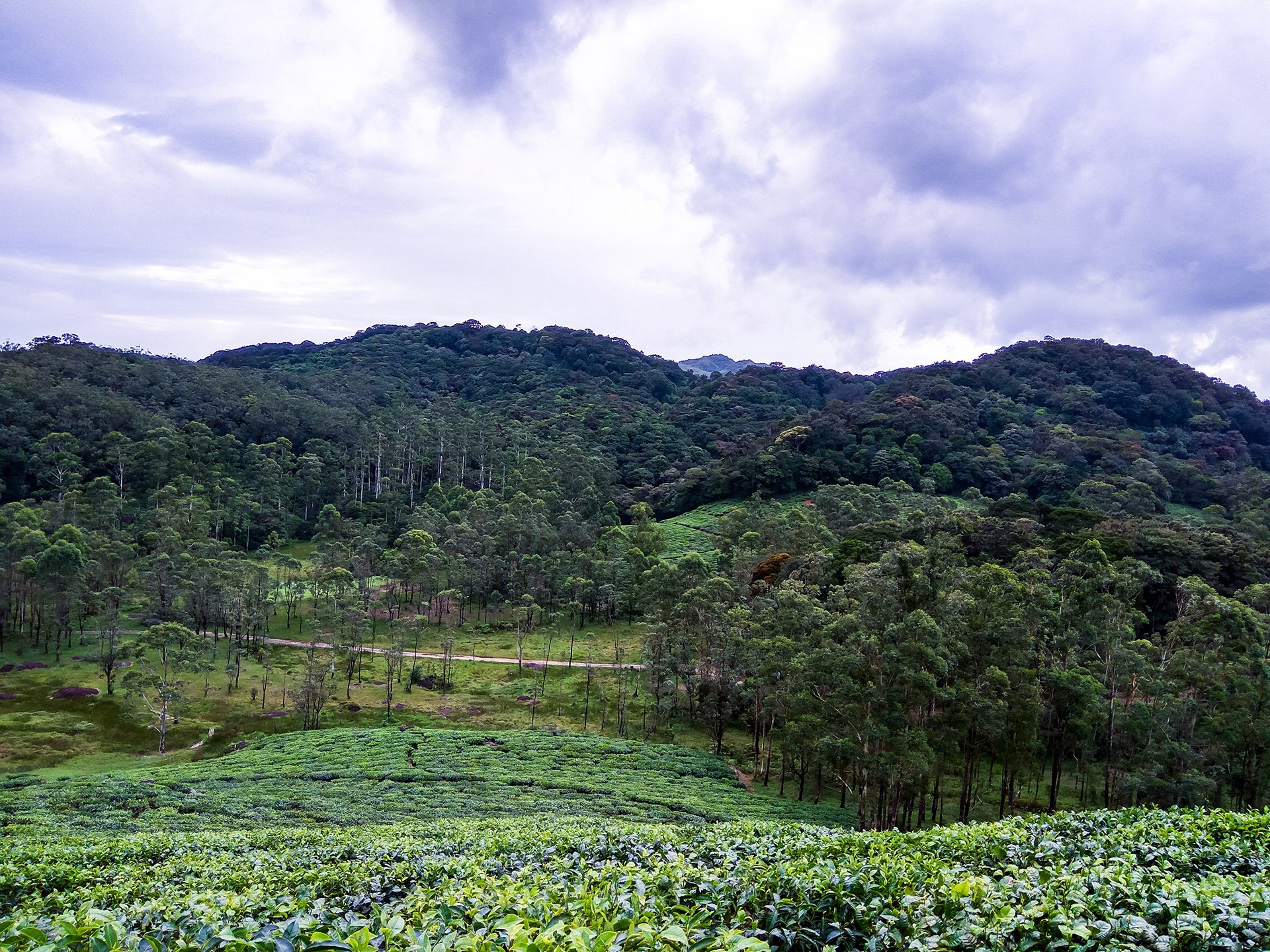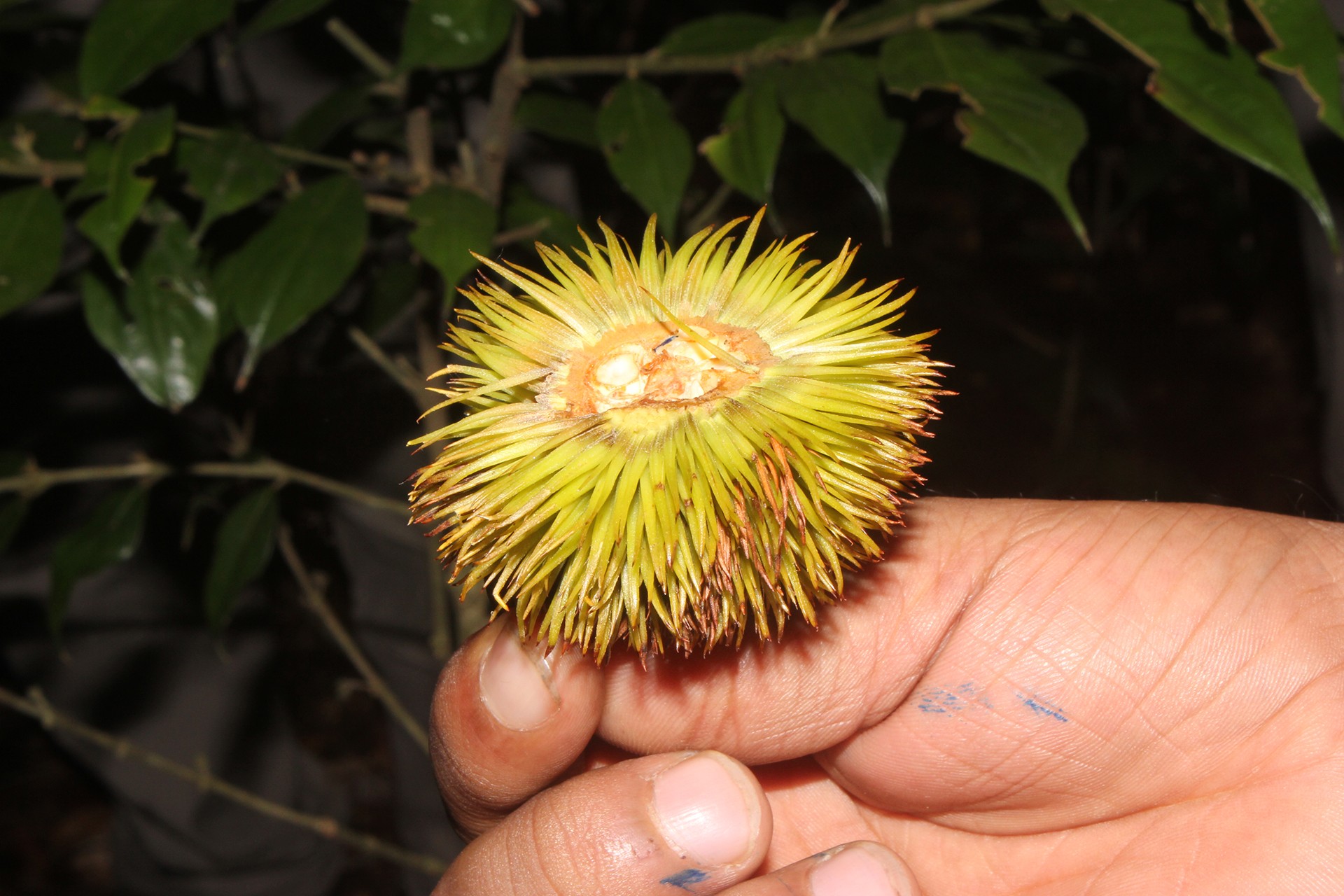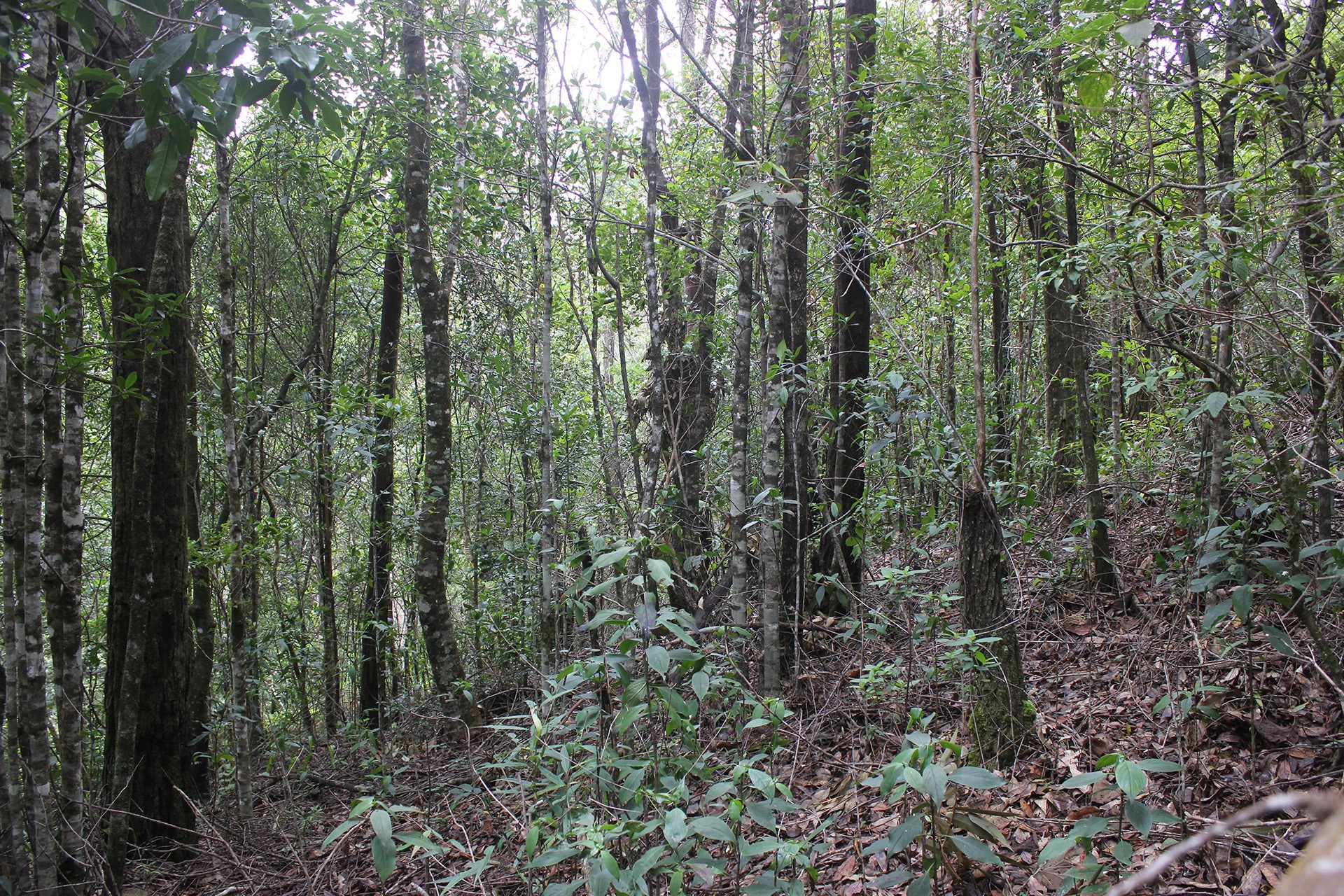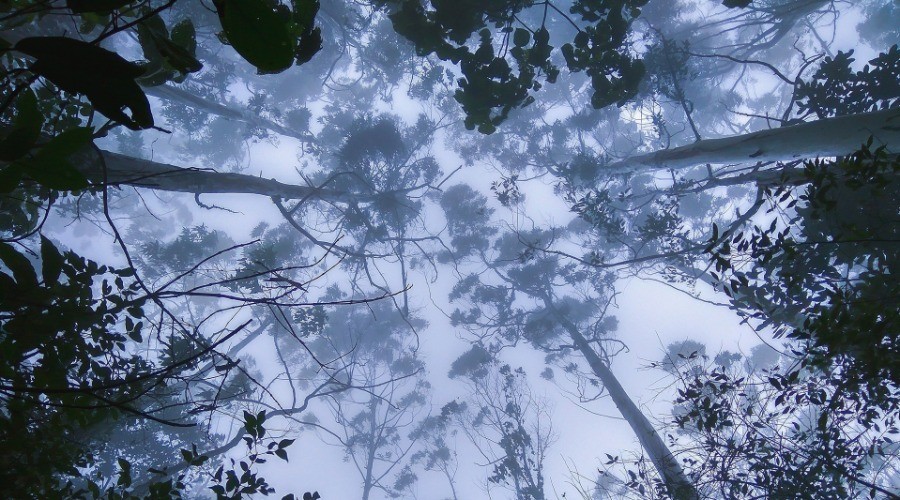Is it really possible for abandoned plantations to recover?
New study finds that forests may not recover even after 36 years of abandoning plantations
All over the world, the number of plantations has been increasing for timber, paper and other produce. Several studies have been carried out to understand if plantations can sustain native flora and fauna. But, how long does it take for an abandoned plantation to recover and grow back into a forest?
In a new study published in the Journal of Tropical Ecology in February 2019, researchers from Ashoka Trust for Research in Ecology and the Environment (ATREE) and Gubbi Labs, have studied the regeneration of forests in abandoned plantations over a period of 11 years in the southern Western Ghats of India. The study found that even after 36 years, the structure and function of abandoned plantations are different from that of the surrounding forests. This is the first study from India to provide insights into how forests change over long periods of time.

A landscape image of the Kalakad Mundanthurai Tiger Reserve in the Tirunelveli district of Tamil Nadu. Photograph: Vignesh Kamath
In the 1960s, patches of forest in the Kalakad Mundanthurai Tiger Reserve were cleared and eucalyptus was planted to be used as firewood for the nearby tea estates. These plantations were subsequently abandoned, and are now a part of the protected reserve. Here, the researchers studied 36-year old eucalyptus plantations over a period of 11 years to understand how regeneration of native forests takes place in these abandoned plantations.
They compared this data with that of the neighbouring primary forest to understand how similar they have become after 36 years. The researchers found that the number of tree species increased by 67% over 11 years, making it similar to that of the primary forest, but there were other striking differences between the two. In the plantations, the trees that were early colonisers, bird-dispersed and small-seeded, increased in abundance. Additionally, some of the characteristic trees of the primary forest like Wild Durian (Cullenia exarillata) and Palai (Palaquium ellipticum) were found to be regenerating either infrequently or if they did, they failed to grow into adult trees. Such trees are vulnerable to the loss of dispersal agents and other changes such as increased sunlight.

The seed of a Wild Durian (Cullenia exarillata) which is a characteristic tree of the primary forest in the region. Photograph: Ashish Nerlekar
Ashish Nerlekar who is the lead author of the study explains the importance of understanding the species retention pattern. “With regard to biodiversity, just studying the number of species is not enough. What ultimately matters is what groups of species are being lost or favoured over time and the associated ecosystem services. For example, over a period of 50 years, a plantation forest might have the exact same number of tree species as that of a primary forest, but almost all of them would be of small-seeded species, unlike the primary forest, making them very different in terms of the structure and function they provide.”
The primary forest was found to have 138% more large-seeded trees than the plantation forest. In effect, even after 36 years, the forests in the plantations hardly resembled the neighbouring primary forests in terms of the characteristic trees and the services they provide. “Such patterns have also been seen in Sri Lankan rainforests, where pine plantations house a mere subset of the trees of the primary forest”, adds Nerlekar.

A photo of the study site, the abandoned eucalyptus plantation at the Kalakad Mundanthurai Tiger Reserve. Photograph: Ashish Nerlekar
Interestingly, the eucalyptus trees were still thriving, says Vignesh Kamath who is an author of the study. “Although all eucalyptus planting activities were stopped in the 1960s, the eucalyptus trees were found to be surviving in good numbers. However, they were not spreading, as we didn’t find a single seedling of eucalyptus during our surveys.”
While these plantation forests do provide some benefits at the landscape level by serving as corridors for wildlife, they, unfortunately, are no match for old-growth primary rainforests, explains Kamath. “The primary forest trees store much more carbon than the plantation forest trees and serve as a carbon sink to help reduce the amount of carbon dioxide in the atmosphere. Plantation forests are no substitute for intact old-growth forests. Preserving the last remaining old-growth forests is the need of the hour.”
Cover image by Vignesh Kamath
